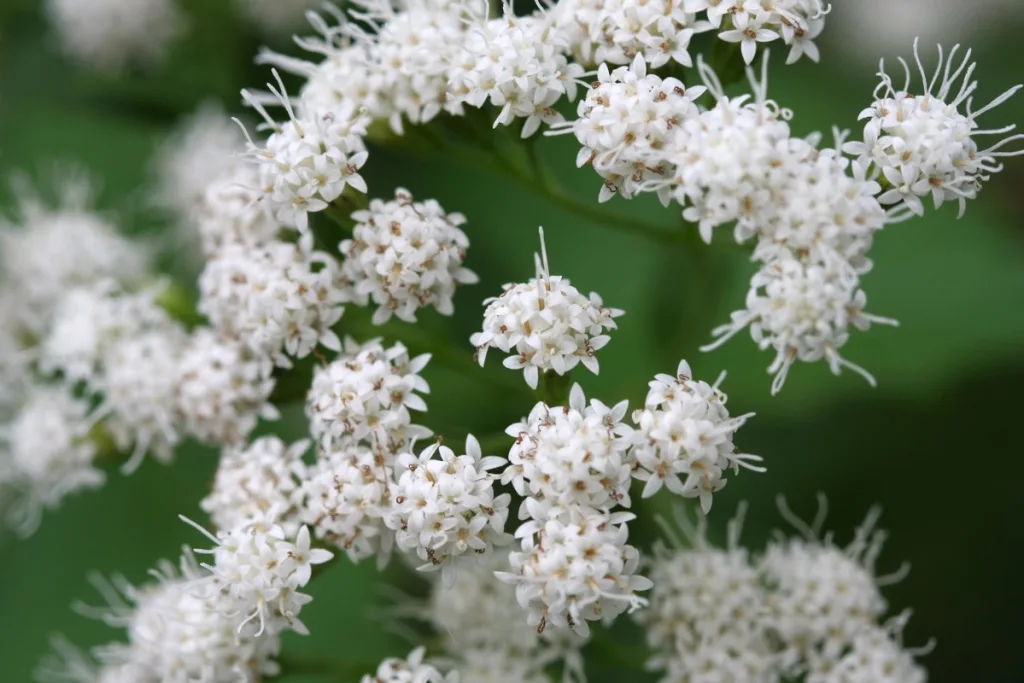Think your backyard is safe? Think again. Poisonous plants may be lurking in plain sight. They’re not just hidden deep in the jungle, they could be right under your nose. And before you go experimenting with what plants in your backyard are poisonous, let us save you the trouble: familiarize yourself with these plants and keep them far, far away from your mouth and your pets’ mouths. Because just because nature is beautiful, doesn’t mean it’s always safe. Some plants may just be a nuisance if touched or ingested, while others can be fatal.
White Snakeroot

Here’s a deadly backyard beauty. Meet Ageratina altissima, the toxic plant lurking in North American gardens that caused fatal milk sickness and claimed the lives of Abraham Lincoln’s mother and many settlers in the early 19th century. It’s mainly found in North America, and not only is it in the wild – but also in your backyard. It contains tremetol, a toxic alcohol that causes fatal milk sickness, which causes loss of appetite, vomiting, nausea, muscle stiffness, bad breath, and eventually, coma and death. In the early 19th century, the first explorers settling in Indiana and Ohio ate the herb, which contributed to half of their deaths, including Nancy Hanks Lincoln (Lincoln’s mother). The livestock would ingest the herb and pass it to humans through their milk, hence the name, fatal milk sickness (National Library of Medicine).
